Search Projects
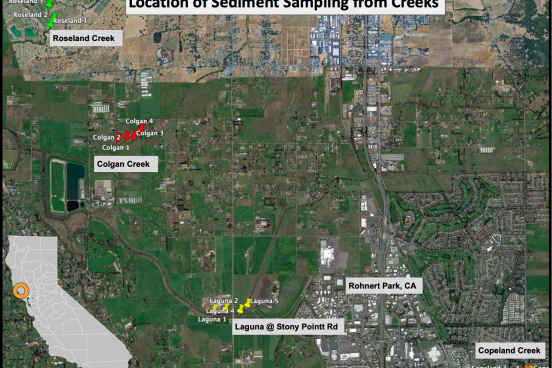
Spring 2022
Faculty: Jackie Guilford
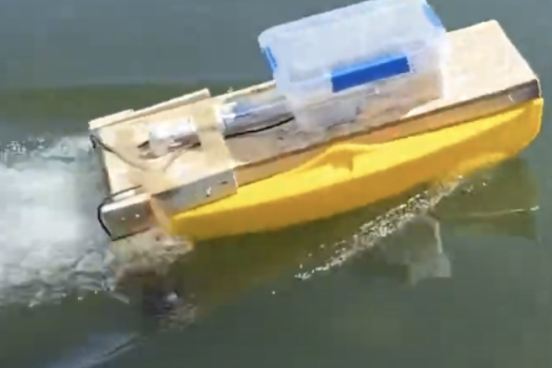
Spring 2022
Faculty: Nansong Wu
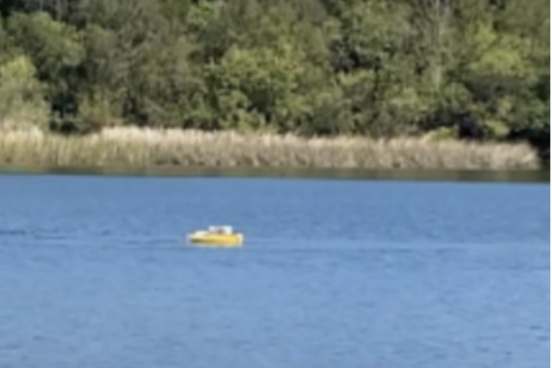
Spring 2022
Faculty: Nansong Wu
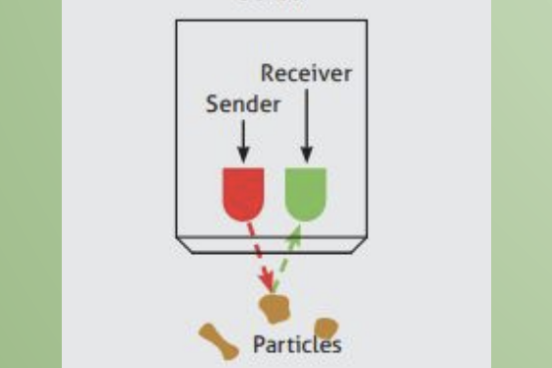
Spring 2022
Faculty: Nansong Wu
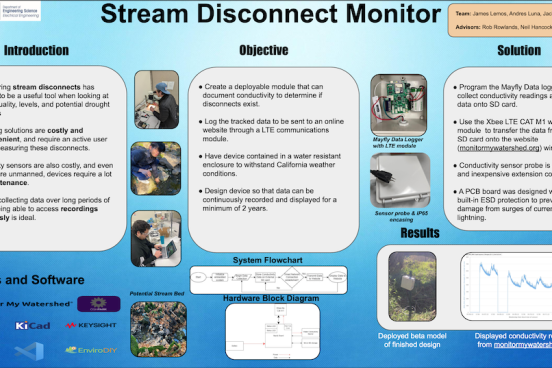
Spring 2022
Faculty: Rob Rowlands, Neil Hancock
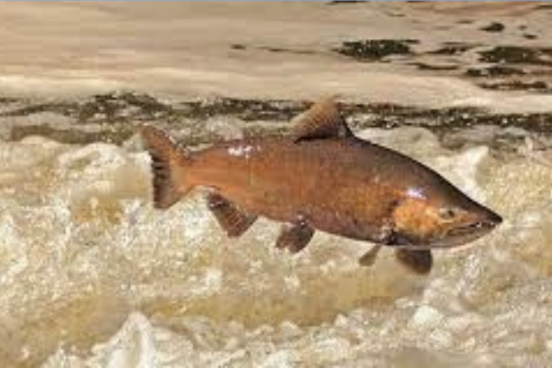
2021
Faculty: Martha Shott

2021
Faculty: David Sul
Partners: Sonoma Water
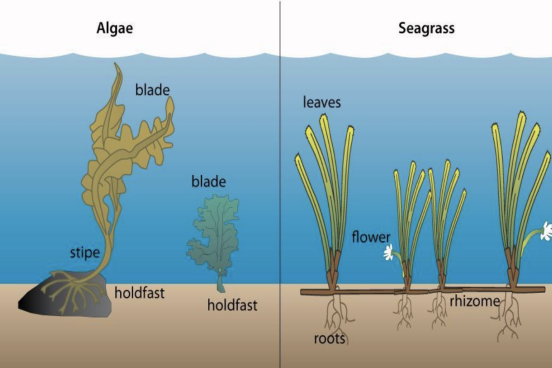
2021
Faculty: Wendy St. John
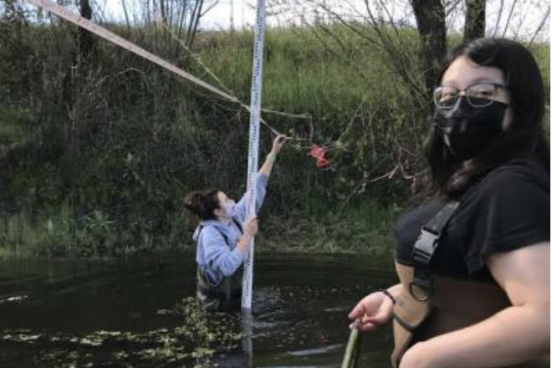
2019 to present
Faculty: Jackie Guilford
Partners: Sonoma Water
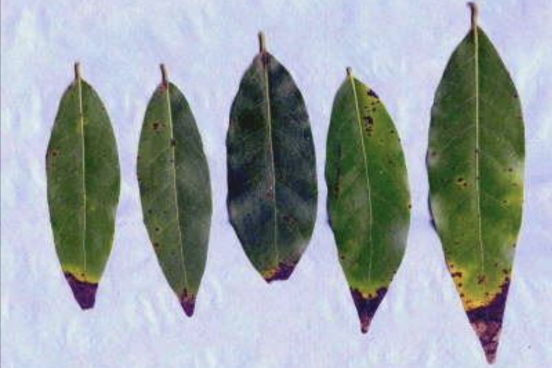
2021
Faculty: Nathan Rank

